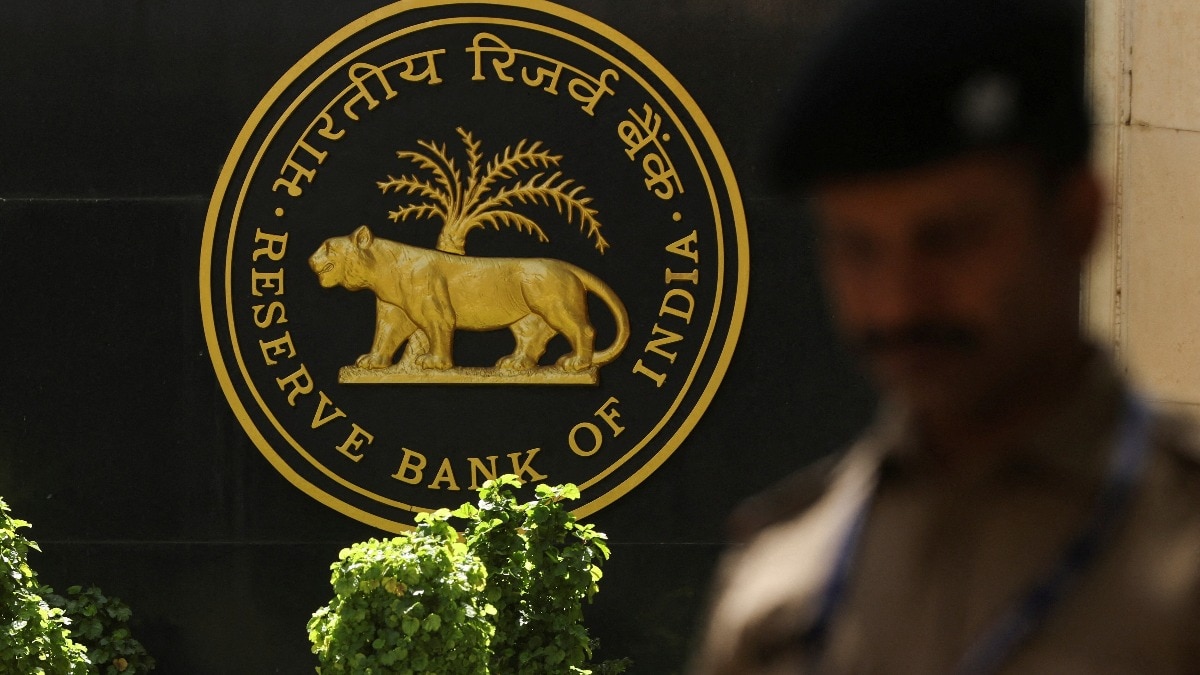Cotton production in India was traditionally challenged by bollworm infestation. The genetically modified (GM) Bt cotton contains genes from the bacteria, Bacillus thuringiensis, making the cotton plant resistant to bollworm attack. This resistance leads to savings in pest control and higher yield. The introduction of Bt cotton was nothing short of an epic battle won against many lobbies, with the government taking a bold decision in 2002 to approve its first GM crop, i.e. Bt cotton, for commercial cultivation. The department of biotechnology (DBT) played a crucial role in introducing Bt cotton by facilitating the import of GM seeds, undertaking field trials and working tirelessly to obtain regulatory approvals. The cotton industry exploded and India is now the largest producer of cotton, from being the third largest global producer in 2002. The export of cotton is pegged at $30 billion.

The same year (2002) also saw the development and introduction of the low-cost recombinant hepatitis B vaccine by Shantha Biotech. Its success brought to the fore the potential of vaccine development in India. Support from the DBT in the late 1990s allowed the young team led by PN Rangarajan at the Indian Institute of Science (IISc) to transfer the technology to Bharat Biotech, Biological E Limited and Indian Immunologicals Limited, spurring indigenous manufacture of these vaccines and a reduction in their prices, enabling the Centre to announce their inclusion in the universal immunisation programme.
In 2005, a young team led by Akhilesh Tyagi, University of Delhi, South Campus, sequenced 14 Mb of rice chromosome 11 — part of India’s commitment when it joined the International Rice Genome Sequencing Project in 2000. It had committed to sequencing a 10 Mb segment of the rice chromosome 11 over five years.
There’s a common strand that links all three. A boardroom full of top scientists (mostly men) expressed their scepticism on India’s commitment to the chromosome. But Manju Sharma, who took over as secretary of DBT in 1996, was confident that this could be done. Interestingly, Sharma was also the champion of the vaccine initiative, and her behind-the-scenes role in the introduction of Bt Cotton has not been given the recognition it deserves (although she was awarded the Padma Bhushan in 2007).
It only seems appropriate to acknowledge and celebrate the role of Sharma, the first woman science secretary of the ministry of science and technology, Government of India, in nurturing and expanding the biological-sciences research in India. To be sure, when Sharma took over as secretary, the DBT was already on a solid foundation, with well-defined programmes in different aspects of life science research, human resource development, biosafety regulations and policy, and industry and international partnerships. But, it was Sharma who recognised and acted upon the need for expansion and ambition.
Under her administration, with increased funding, the DBT established centres of excellence across India: IISc, Jawaharlal Nehru Centre for Advanced Scientific Research, the National Centre for Biological Sciences at Bengaluru, Madurai Kamaraj University, MS University, Baroda, Anna University, Chennai, Jawaharlal Nehru University, University of Delhi, South Campus, Pune University, University of Hyderabad, Centre for Cellular and Molecular Biology, Hyderabad, and the Institute of Microbial Technology, as well as major groups in Lucknow, Thiruvananthapuram and Kolkata.
And some of the projects she championed have helped India build capabilities in key areas. For instance, the present sequencing infra, capacity, expertise, and the consequent success of the Indian SARS-CoV-2 Genomics Consortium (INSACOG) — it recently announced the completion of 10,000 human genome sequences under the Genome India project — owes a lot to the rice chromosome sequencing project.
That all of this was achieved because of one person — who, interestingly, was not considered enough of a scientist by her male colleagues — is significant.
At a personal level, this writer owes her career to Sharma. In an interview room full of top Indian scientists (all men except one), who were worried more about the career break in the resume necessitated by motherhood (two years), and less about general awareness or analytical skills, Sharma was encouraging, and openly and expressively dismissive of the concerns expressed by the men. The generous and non-combative promotion of young women in STEM was another significant contribution of Sharma. Many young women scientists within and outside the DBT owe their careers and progress to her.
Shailja Vaidya Gupta is former adviser, department of biotechnology, Government of India. The views expressed are personal















